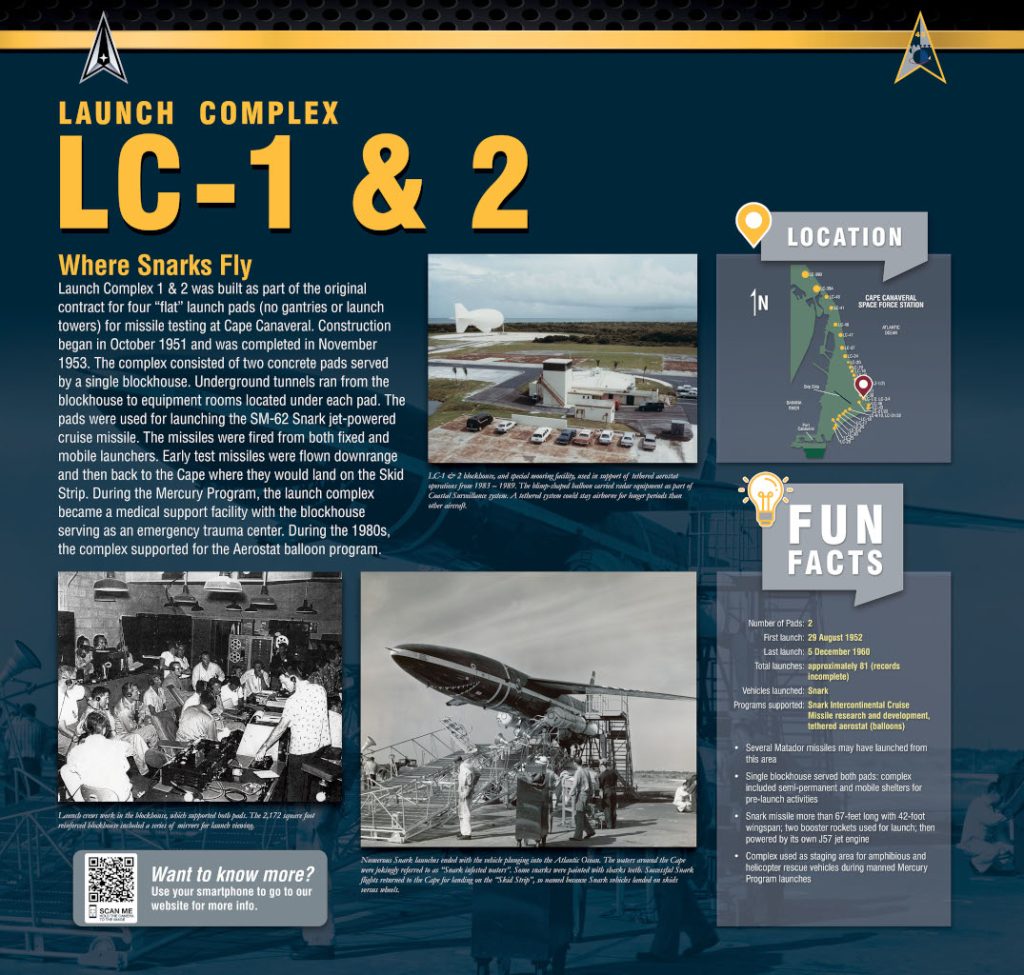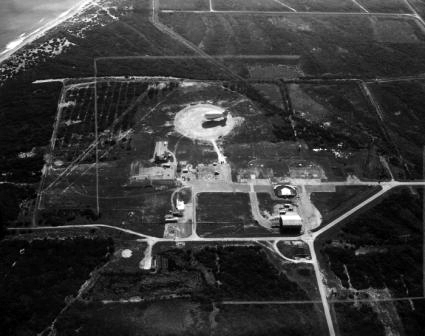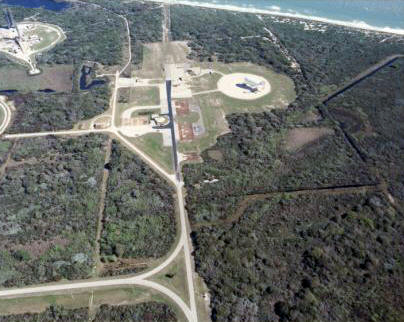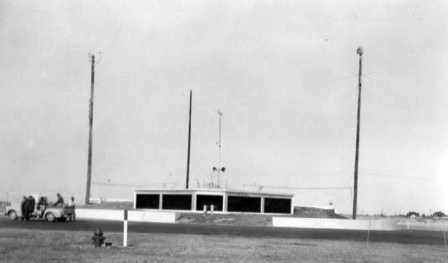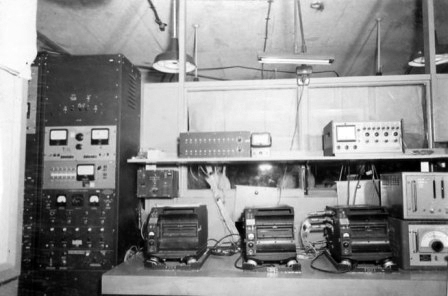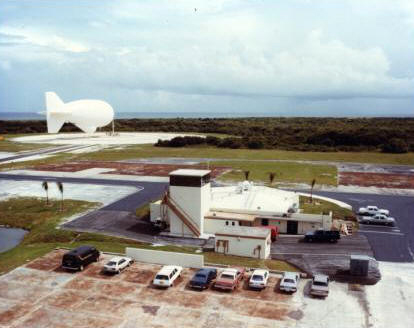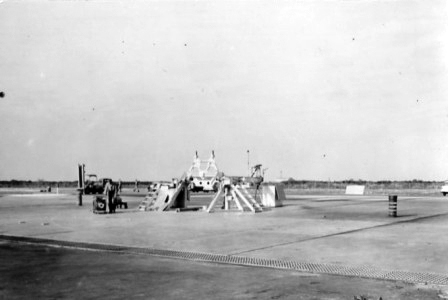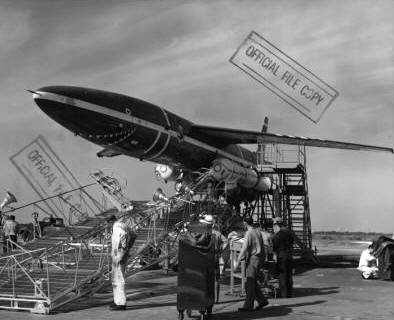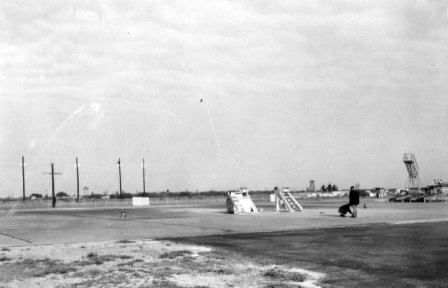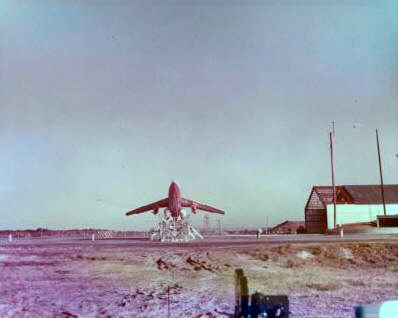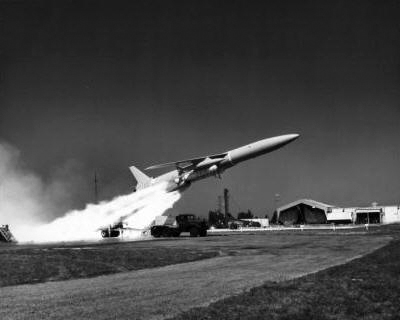
Photo Gallery
Overview
Systems
Other Programs
- Tethered Aerostat Radar System (TARS)
- Helicopter pads for Mercury Program
Cost
- $930,098 for the launch complex
- Pads $50,000 each
- Tunnels to pads $95,500 each
- Blockhouse $280,384
Launch 1-2 Complex Highlights
- 18 October 1951 – Contract awarded to build two launch complexes for the Snark missile.
- 26 October 1951 – 15 November 1952 – Construction of the complex.
- 30 June 1953 – Air Force accepted Pad 1
- 30 November 1953 – Air Force accepted Pad 3
- Originally located at the intersection of Central Control Road and Lighthouse Road before Launch Complex 36 was built
- 29 August 1952 – 5 December 1960 – 94 Snark and 3 dummy Snark launched.
- 20 June 1951 – First Matador launch.
- Matador were launched from truck mounted launchers located in several cleared areas east of Pads 1 and 2 using sandbagged above ground bunkers as launch control points. The Matadors were brought to these pads for launching when construction was completed.
- 1957-1958 – Metal semi-permanent preflight buildings 1 and 2 were constructed northwest of the pads to serve as a test shop for the missiles. Pre-launch shelters were metal shelter with canvas awnings on wheels.
- Constructed for the Snark winged missile program, the blockhouse had four-inch thick tempered laminated glass. The image was received through the glass and reflected downward and inward to the observers using a pair of mirrors and another tempered glass window. Blockhouse was 2,172 square feet. The tunnels to the pads were 4′-8′ wide and 7.6′ high. An observation deck was on top of the blockhouse.
- Each reinforced concrete launch pad was 100 x 200 feet, 8 inches thick and the blockhouse was about 100 feet from the pads. The U.S. Army Corps of Engineers was the contractor.
- 1 June 1961 – Last Matador launch.
- Total of 286 Matador launches from the Cape
- 1962 – Launch complex deactivated as a missile site and later served as a staging area for amphibious rescue vehicles and a helicopter pad for the Mercury and Gemini programs.
- 1983 – 1989 – Complexes supported Tethered Aerostat Radar System (balloon) for coastal surveillance system
- Mid-1990s – Both pads completely deactivated and presently inactive
